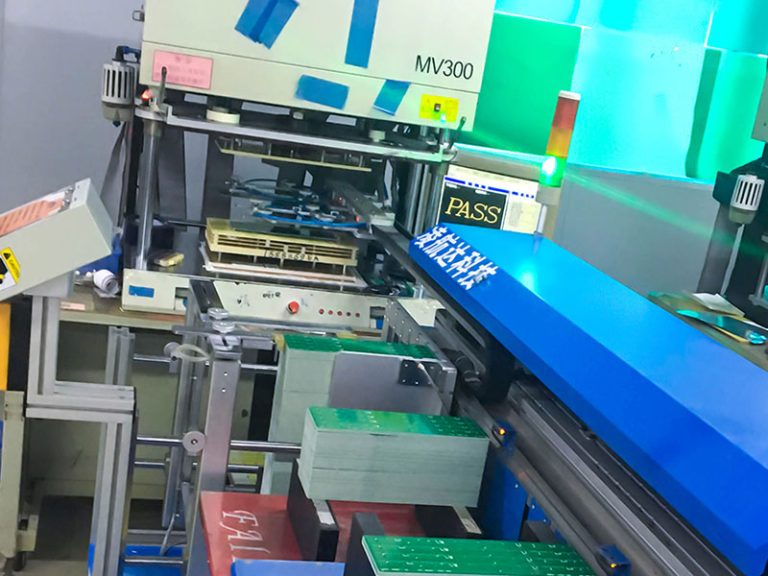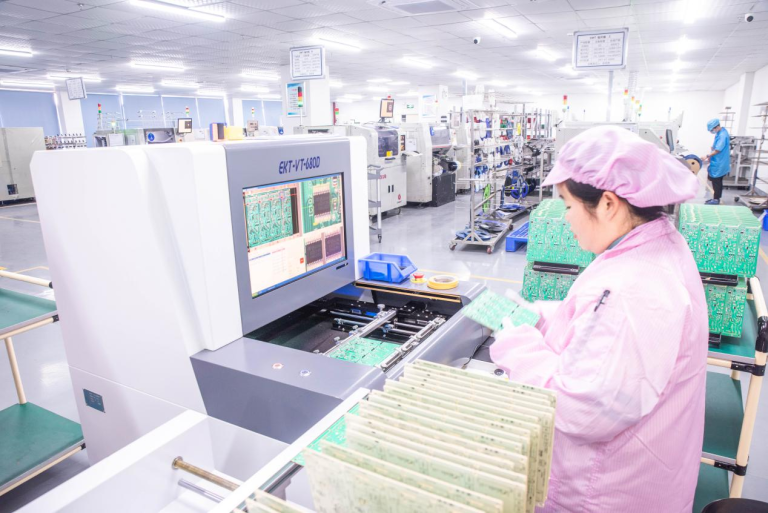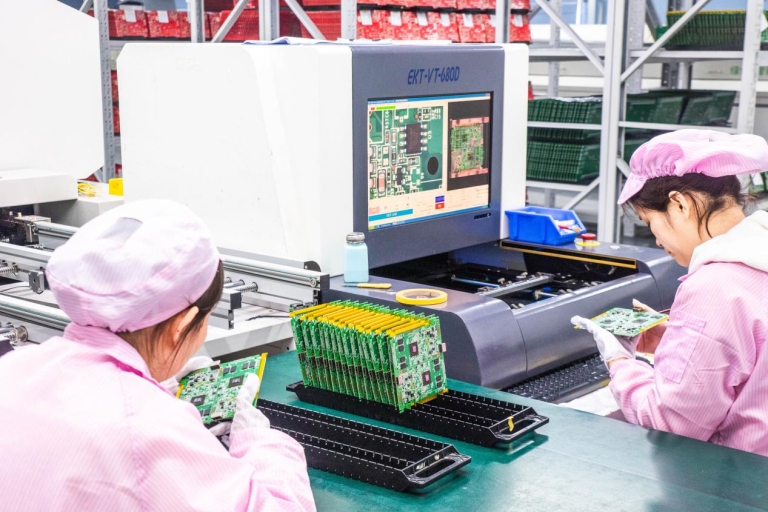Table of Contents
ToggleAn overview of the role of PCB inks
PCB ink is a notion that has been around for a while.
The ink used on a printed circuit board is referred to as PCB ink. The viscosity, thixotropy, and fineness of the ink are essential physical features. To improve the ability to use ink, these physical qualities must be understood.
PCB ink viscosity and thixotropy characteristics
Screen printing is one of the most significant procedures in the printed circuit board manufacturing process. The ink must have a good viscosity and thixotropy to achieve image reproduction integrity. The internal friction of a liquid is defined as the friction force exerted by the inner layer of the liquid when one layer of liquid slides over another layer of liquid under the influence of an external force. The sliding of the thick liquid inner layer encounters greater mechanical resistance, whereas the thinner liquid encounters less resistance. The poise is the unit of viscosity measurement. It is particularly important to note that temperature has a considerable impact on viscosity.
Thixotropy is a physical feature of a liquid in which the viscosity of the liquid drops while it is agitated and quickly returns to its normal viscosity when it is stopped. Thixotropy’s action lasts a long period when stirred, long enough to reconstruct its internal structure. The thixotropy of the ink is critical for achieving high-quality screen printing results. The ink is stirred to make it liquid, especially during the squeegee process. This action increases the speed at which ink passes through the mesh and encourages the ink separated by the mesh to connect uniformly. The ink returns to a static condition as the squeegee stops moving, and its viscosity immediately returns to the original needed data.
Fineness
The majority of pigments and mineral fillers are solid. Their particle size does not exceed 4/5 microns after fine grinding, and they create a homogenous fluid condition in a solid form. As a result, it is critical to require fineness in ink.
Types of PCB ink
Circuit, solder mask, and character inks are the three basic types of PCB inks.
Circuit ink, usually liquid photosensitive type, is used as a barrier layer to prevent circuit corrosion and to protect the circuit when etching. Acid corrosion resistance and alkali corrosion resistance are two different types of corrosion resistance. The alkali resistance comes at a higher price. This layer of ink must be dissolved with alkali after it has been corroded out of the circuit.
After the circuit is done, solder mask ink is used to preserve it. Liquid photosensitive, heat curing, and ultraviolet hardening are all options. The pads are reserved on the board to help with component soldering and to act as insulation and anti-oxidation.
Character ink is used to mark the surface of the board, which is normally white, such as those marked with component symbols. Other inks include peel-able ink, which is used to cover areas that don’t need to be treated during copper plating or surface treatment and can then be ripped off; silver paste ink, and so on.
When using PCB ink, take precautions.
According to most manufacturers’ experience with ink, the following rules must be followed when utilizing ink:
In any event, the ink must be kept below 20-25°C, and the temperature must not fluctuate too much; otherwise, the viscosity of the ink, as well as the quality and effect of screen printing, will be affected. When ink is stored outside or at various temperatures, it must be exposed to the ambient temperature for several days before use so that the ink tank can achieve the proper operating temperature. This is due to the fact that using cold ink will result in screen printing failures and unnecessary effort. As a result, it is advisable to keep or store the ink in the process settings at room temperature to maintain the ink’s quality.
Before using the ink, it must be thoroughly mixed manually or mechanically. If air gets into the ink, let it sit for a while before using it. If you need to dilute it, properly mix it first, then check its viscosity. After each usage, the ink tank must be promptly sealed. At the same time, never re-use the ink on the screen by mixing it with the unused ink in the ink tank. Cleaning the net should be done with mutually compatible cleaning solutions, and it should be done thoroughly and cleanly. It’s preferable to use a clean solvent when cleaning again.
It is necessary to dry the ink in a device with a good exhaust system.
To sustain operational conditions, screen printing should be done at a location that meets the process’ technical criteria.
What part of the PCB manufacturing process does PCB ink play?
The ink protects the copper foil during manufacture, preventing the copper skin from becoming exposed and affecting following procedures. Photosensitive inks, carbon oil, and silver foil are all available. Carbon oil and silver oil are both conductive and are commonly utilized. White oil, green oil, black oil, blue oil, red oil, and butter are the ink hues.


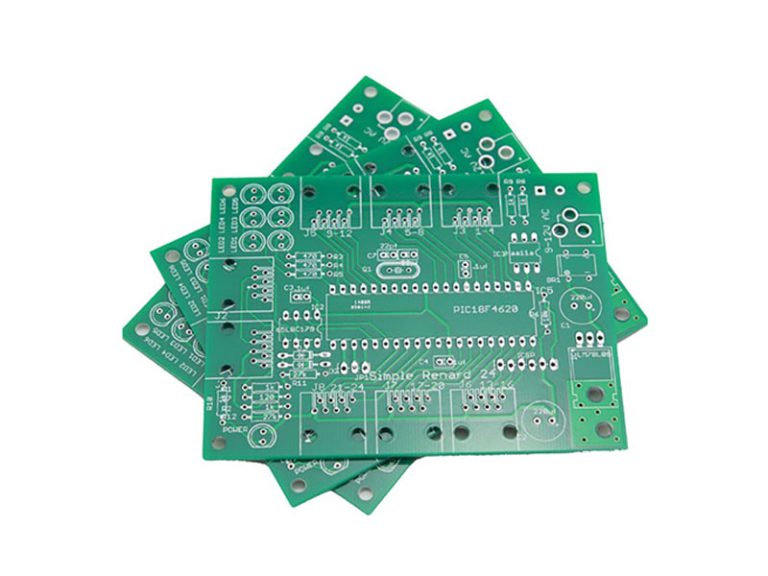
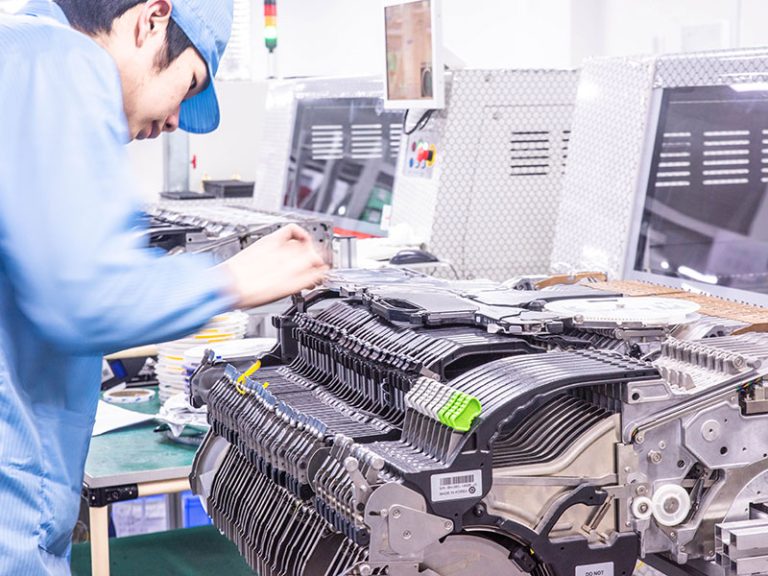
-768x576.jpg)
